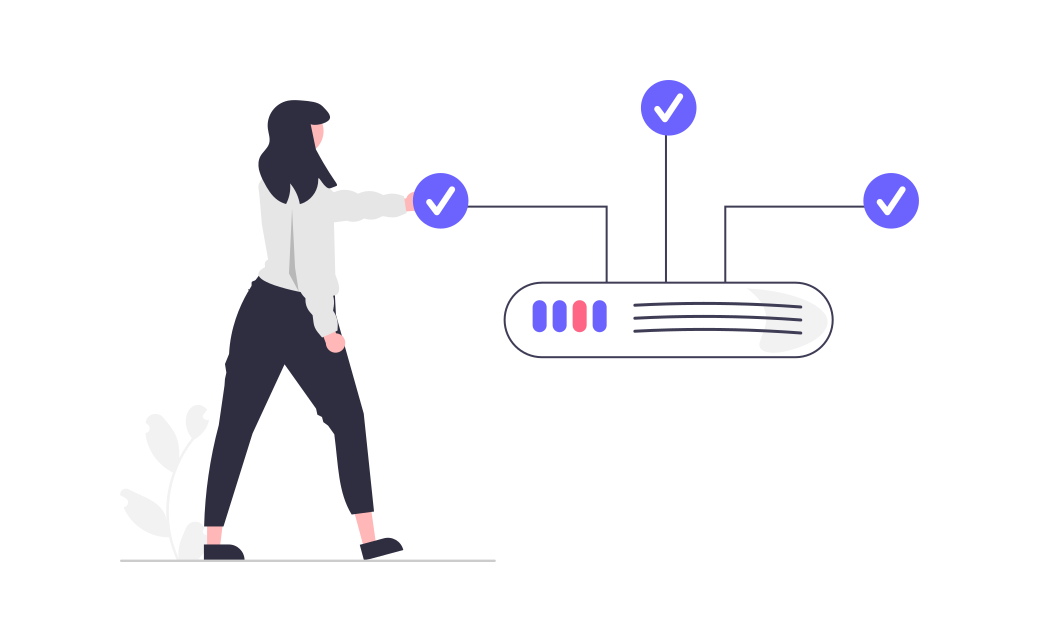Marketing is often compared to a journey, with each interaction between a brand and a potential customer serving as a critical touchpoint. These touchpoints collectively shape the customer’s experience and significantly impact conversion rates. Understanding and optimizing these interactions is essential for driving successful marketing campaigns. This blog will dissect the key touchpoints in the customer journey and explore their impact on conversions.
The Customer Journey Map
Imagine the customer journey as a roadmap, where each point of interaction represents a critical juncture. These touchpoints are opportunities for brands to engage, influence, and convert prospects. Here’s a breakdown of these crucial stages:
1. Awareness Stage
In this initial phase, potential customers become aware of your brand. Key touchpoints include:
- Social Media Posts
- Blog Articles
- Search Engine Results
- Display Ads
Impact on Conversions:
Creating a strong first impression is vital. Effective messaging and engaging content at this stage can pique interest and encourage further exploration.
2. Consideration Stage
During this phase, prospects evaluate your product or service against competitors. Important touchpoints include:
- Product Reviews
- Comparison Pages
- Webinars
- Email Newsletters
Impact on Conversions:
Providing valuable information and addressing pain points can help sway potential customers in your favor. Trust-building content is crucial here.
3. Decision Stage
At this juncture, prospects are ready to make a purchase decision. Key touchpoints include:
- Pricing Pages
- Product Demos
- Free Trials
- Customer Testimonials
Impact on Conversions:
Clear calls-to-action and persuasive proof points can tip the scales towards conversion. Simplifying the purchase process and offering incentives can also boost conversion rates.
4. Purchase Stage
This is the point where the actual transaction occurs. Critical touchpoints include:
- Checkout Process
- Payment Options
- Order Confirmations
Impact on Conversions:
A seamless and secure checkout experience minimizes cart abandonment and ensures the conversion is completed smoothly.
5. Post-Purchase Stage
After the purchase, maintaining engagement is essential for customer retention. Key touchpoints include:
- Follow-Up Emails
- Customer Support
- Loyalty Programs
Impact on Conversions:
Ensuring customer satisfaction and encouraging repeat purchases can turn one-time buyers into loyal customers, enhancing lifetime value.
Optimizing Key Touchpoints
1. Personalization
Tailoring interactions based on customer data can significantly enhance the experience at each touchpoint. Personalized emails, product recommendations, and targeted ads make customers feel valued and understood.
2. Consistency
Maintaining a consistent brand voice and message across all touchpoints strengthens brand recognition and trust. Ensure that your marketing materials, from social media posts to email campaigns, align with your brand’s identity.
3. Usability
An intuitive and user-friendly website is crucial. Streamline navigation, optimize loading times, and ensure mobile responsiveness to provide a smooth user experience.
4. Engagement
Interactive content, such as quizzes, polls, and live chats, can boost engagement and provide deeper insights into customer preferences and behaviors.
5. Feedback Mechanisms
Encourage and facilitate customer feedback at various touchpoints. This not only shows that you value their opinions but also provides actionable insights for continuous improvement.
Measuring the Impact
1. Analytics Tools
Utilize web analytics tools to track interactions and performance at each touchpoint. Monitor metrics such as bounce rates, click-through rates, and conversion rates to identify areas for improvement.
2. Customer Surveys
Conduct surveys to gather direct feedback from customers about their experiences. This qualitative data complements your analytics and provides a fuller picture of the customer journey.
3. A/B Testing
Experiment with different approaches at key touchpoints to determine what resonates best with your audience. A/B testing allows you to optimize content, design, and calls-to-action based on real-world performance.
Conclusion
Every touchpoint in the customer journey is an opportunity to engage, influence, and convert. By understanding the role and impact of each interaction, marketers can optimize their strategies to enhance the customer experience and drive higher conversion rates. Personalization, consistency, usability, engagement, and feedback are key elements in creating a seamless and effective journey that not only attracts new customers but also retains and delights existing ones.


